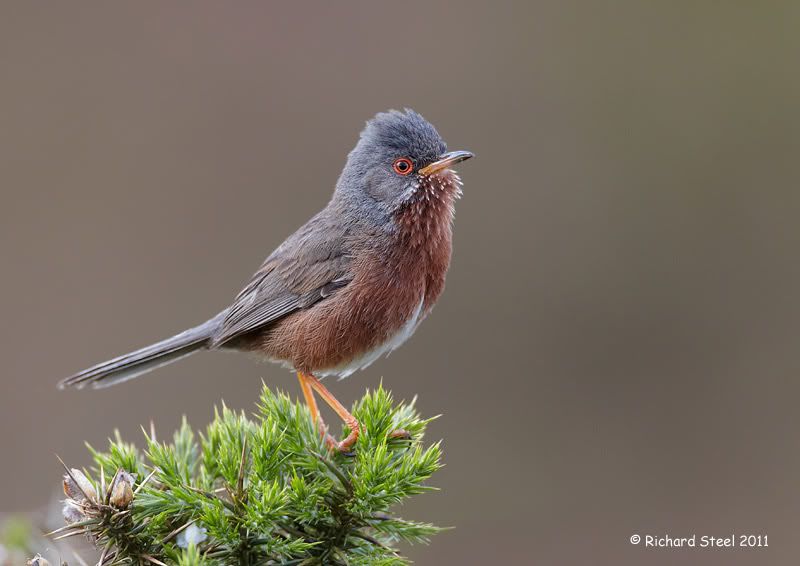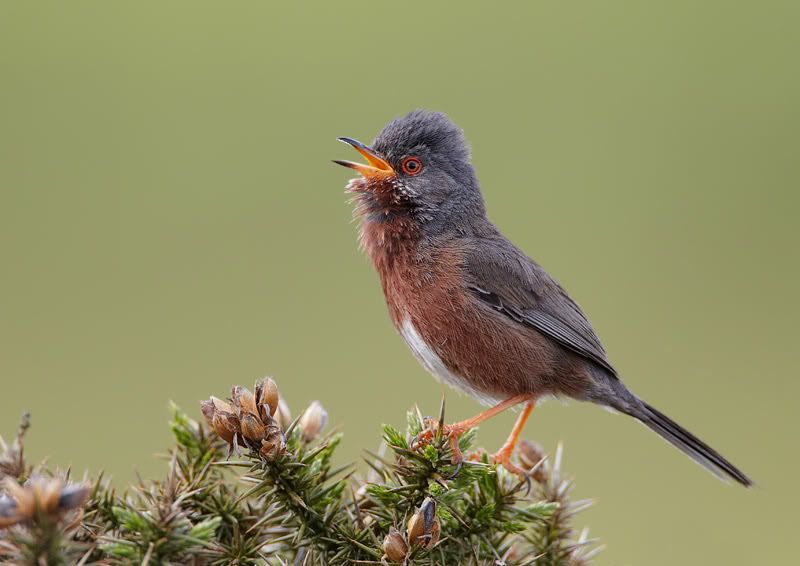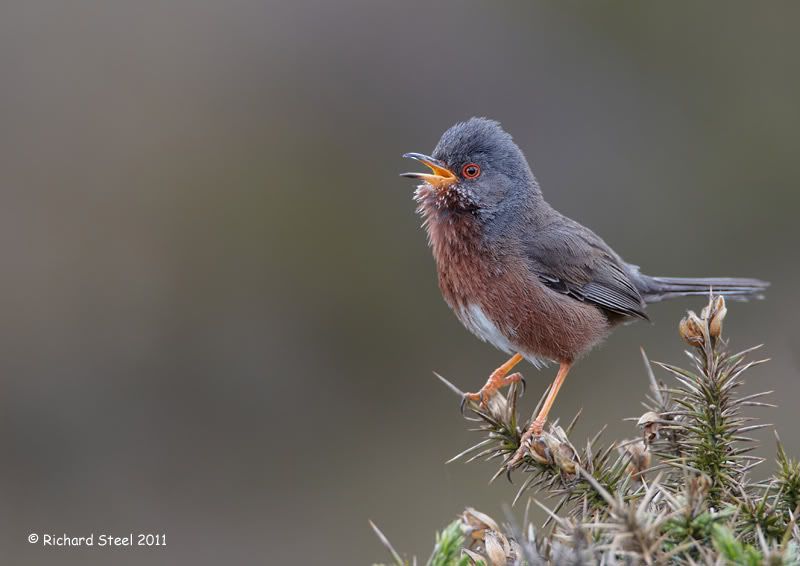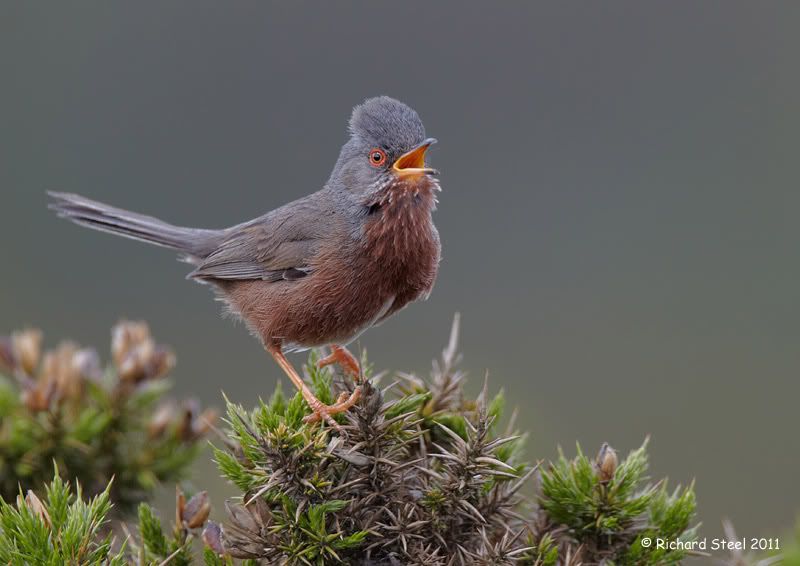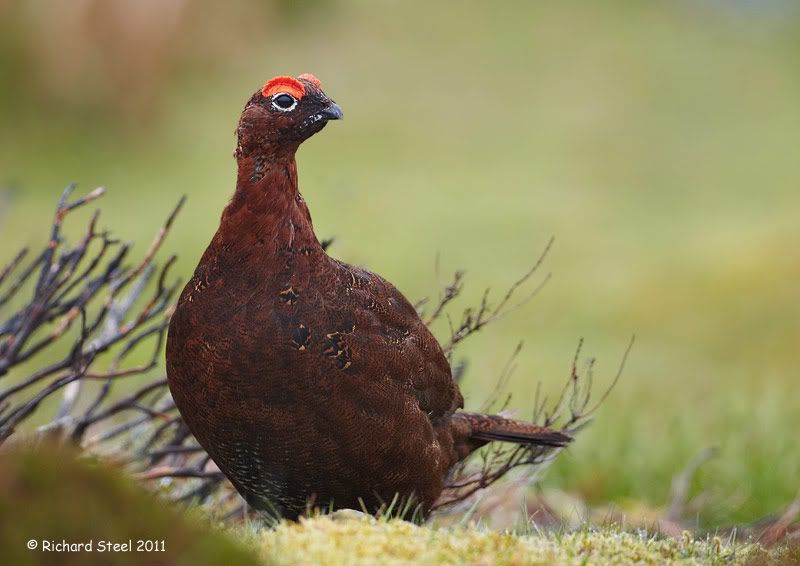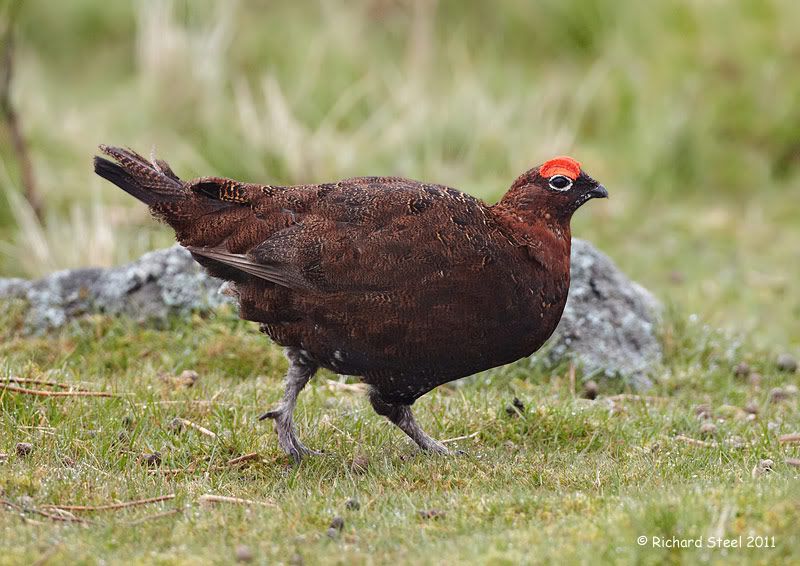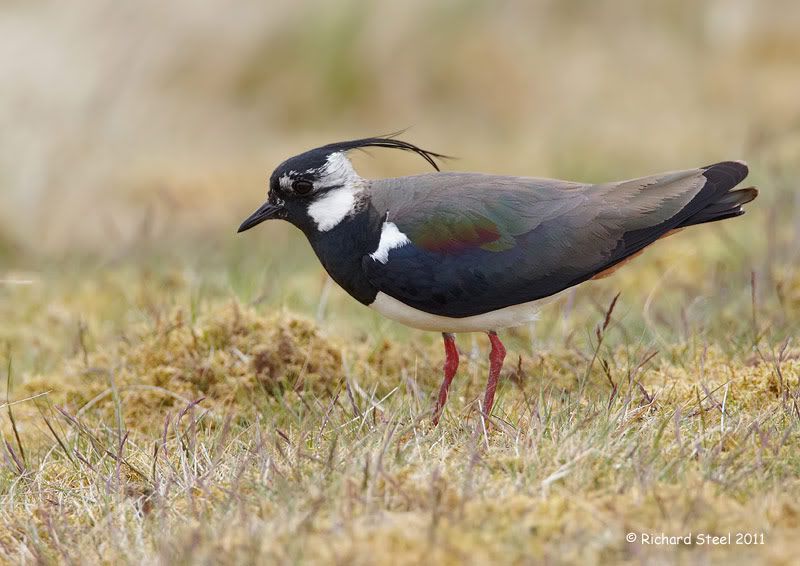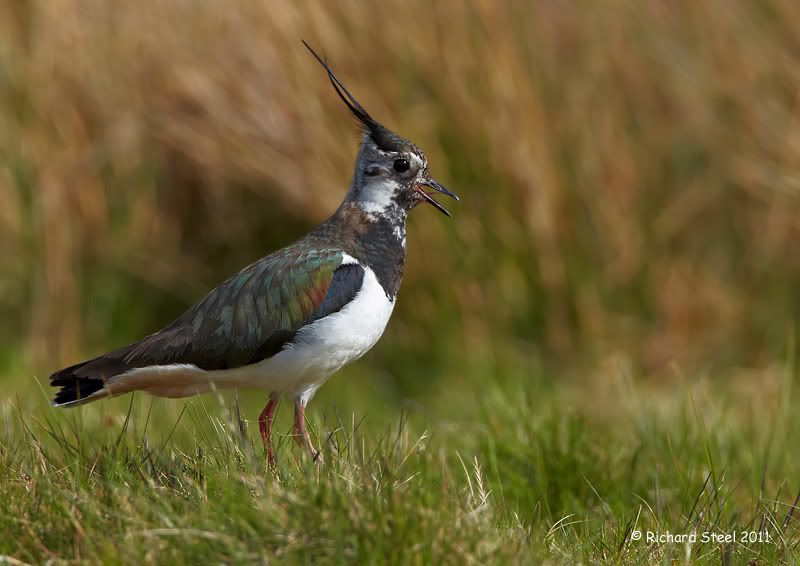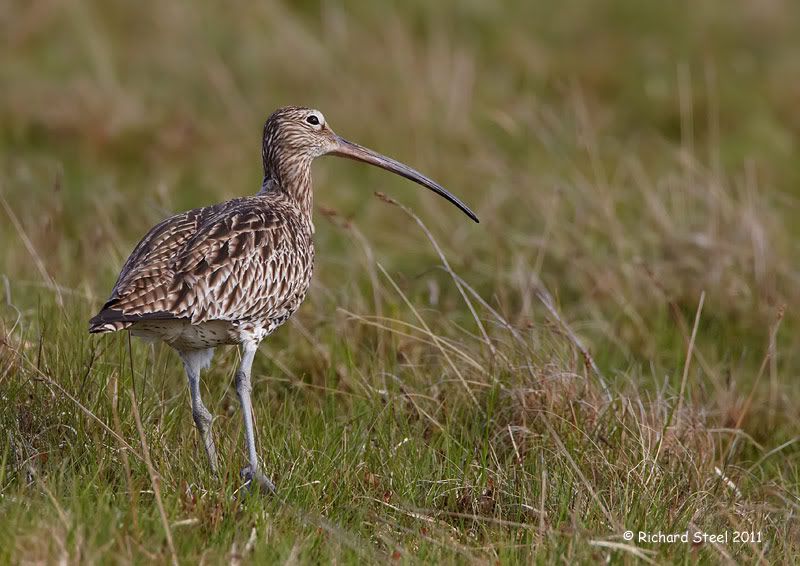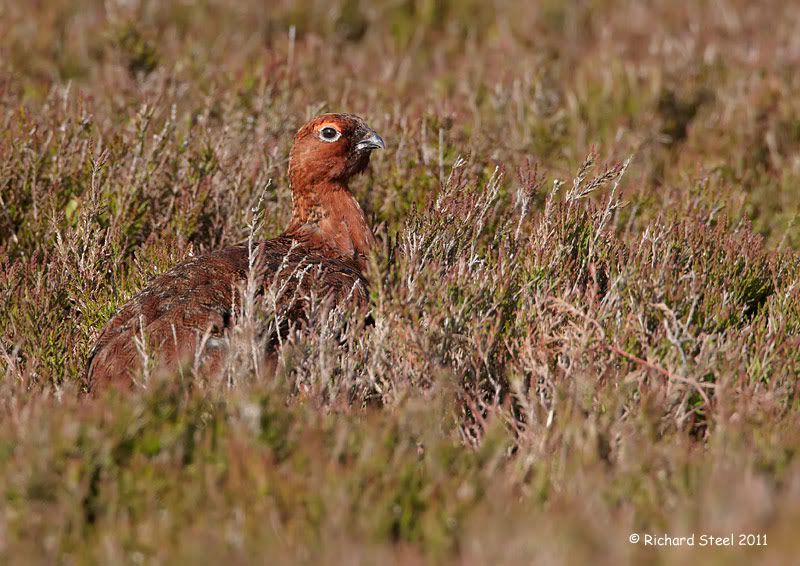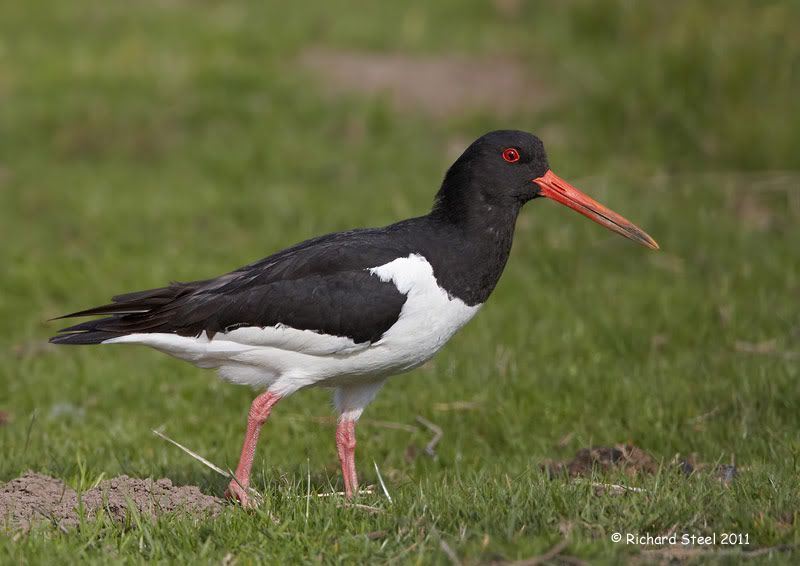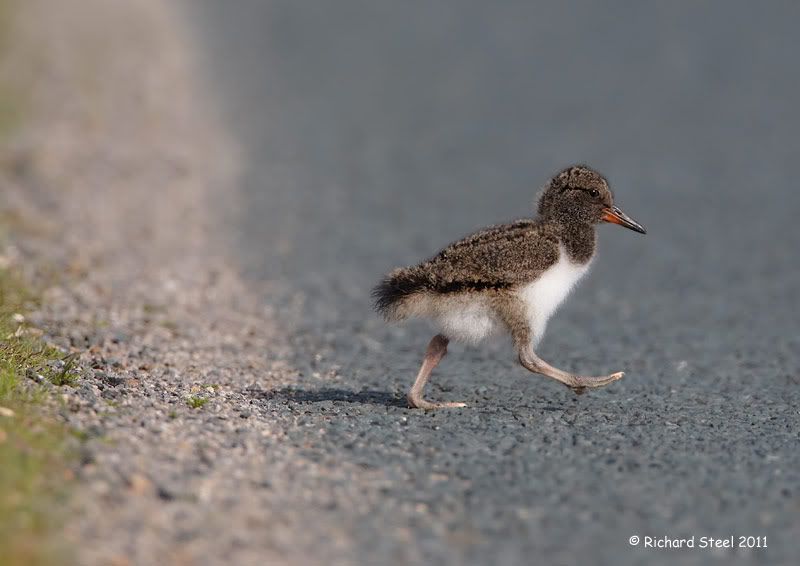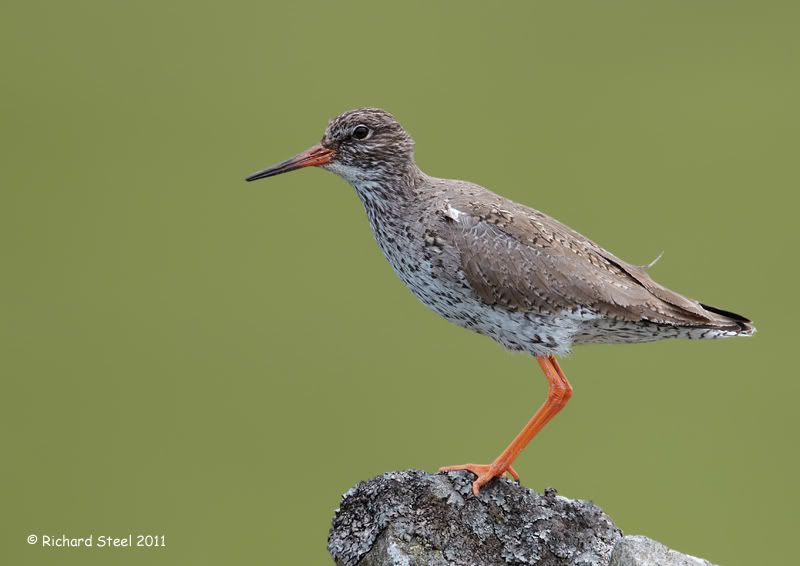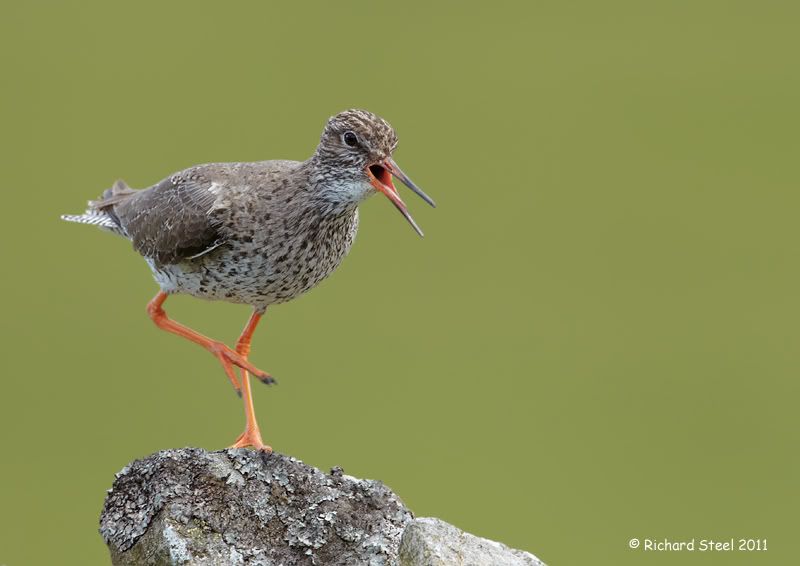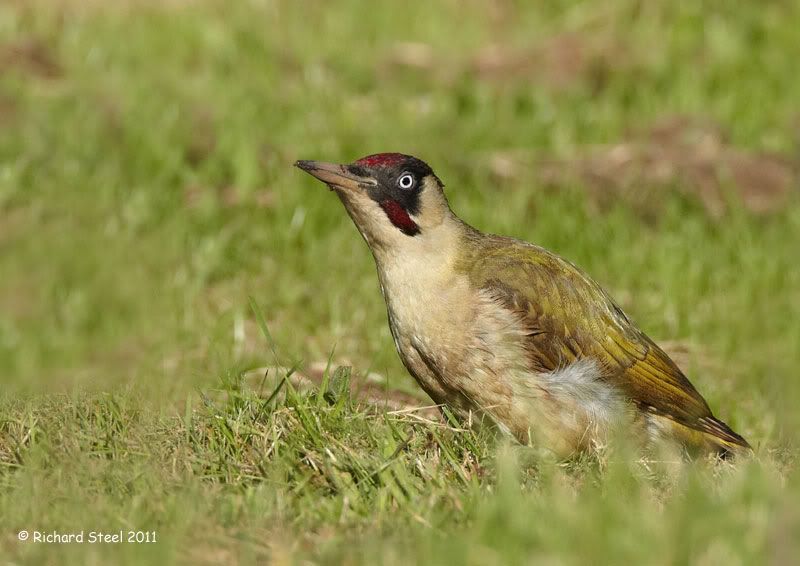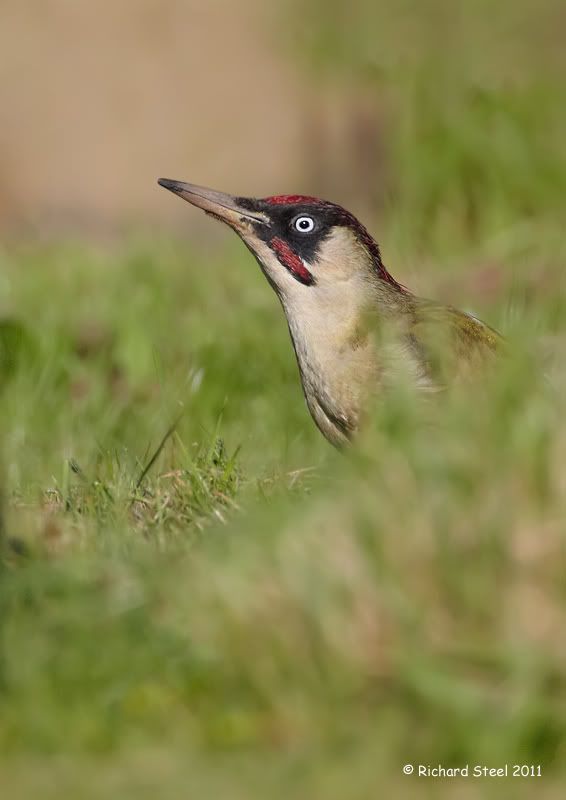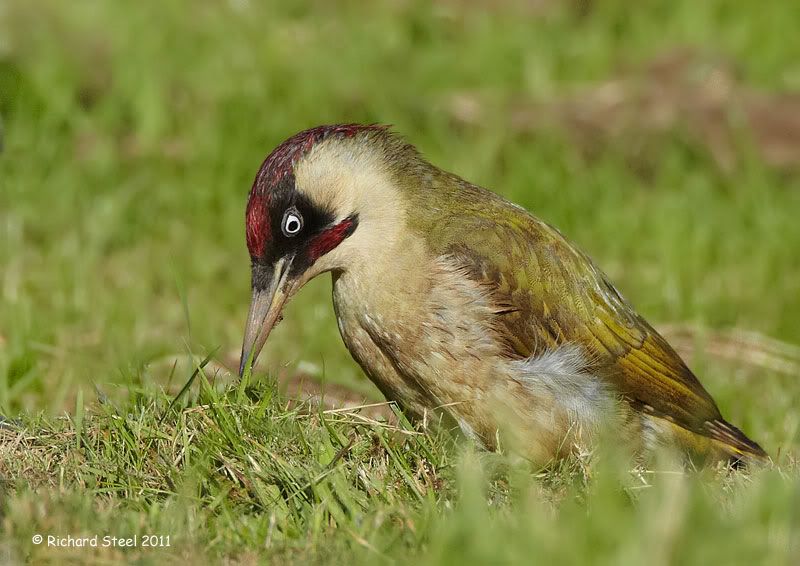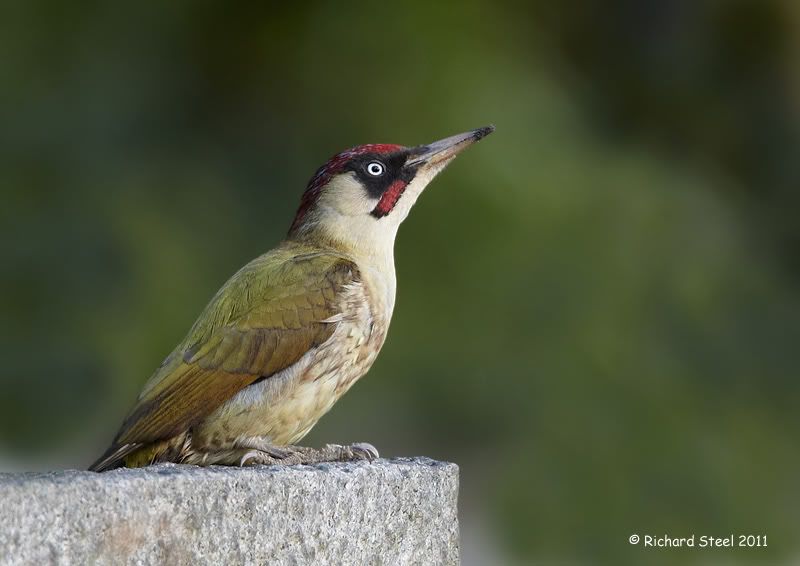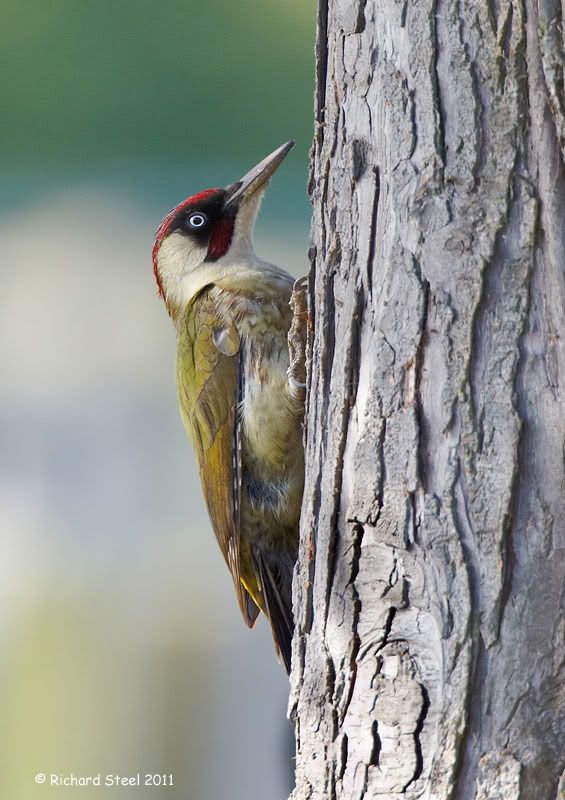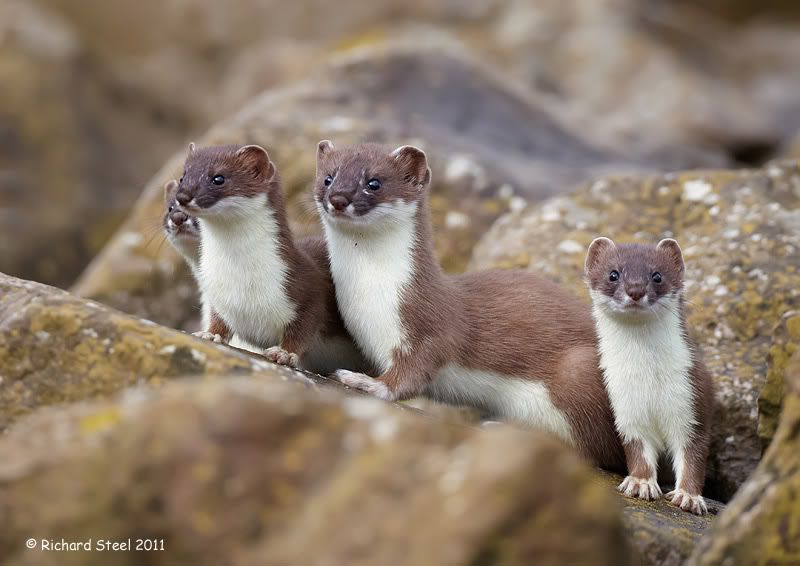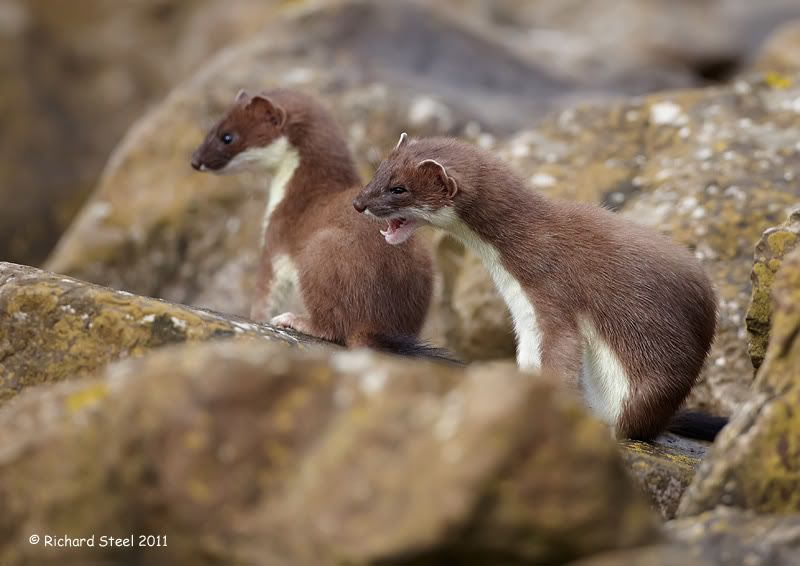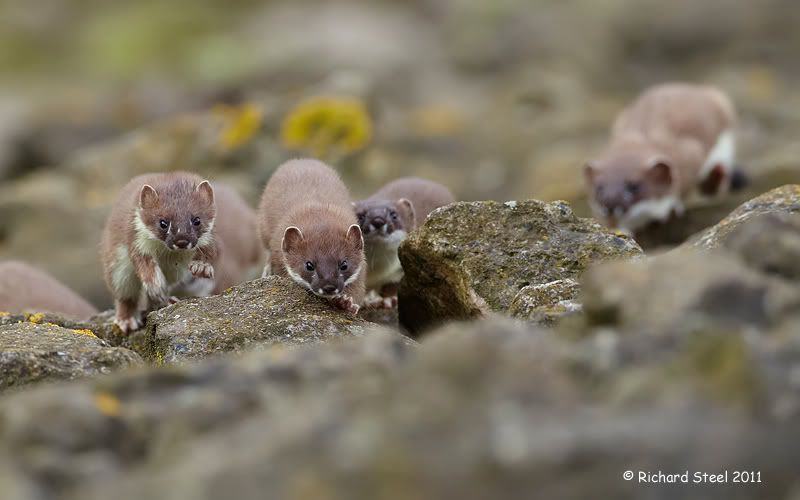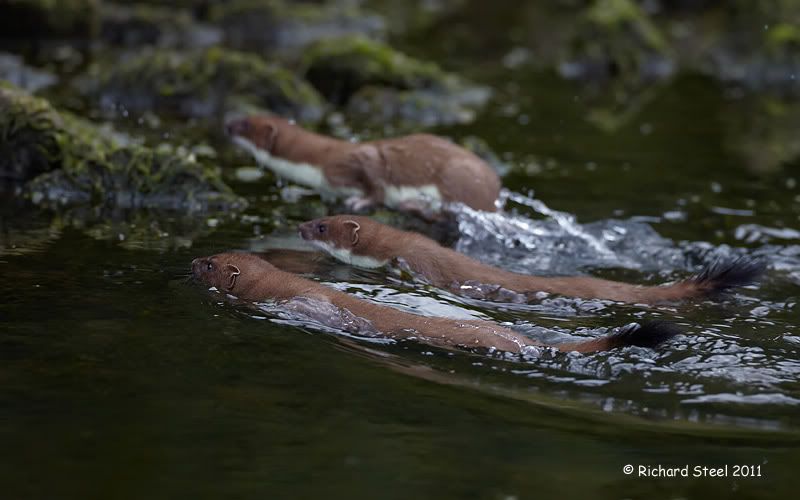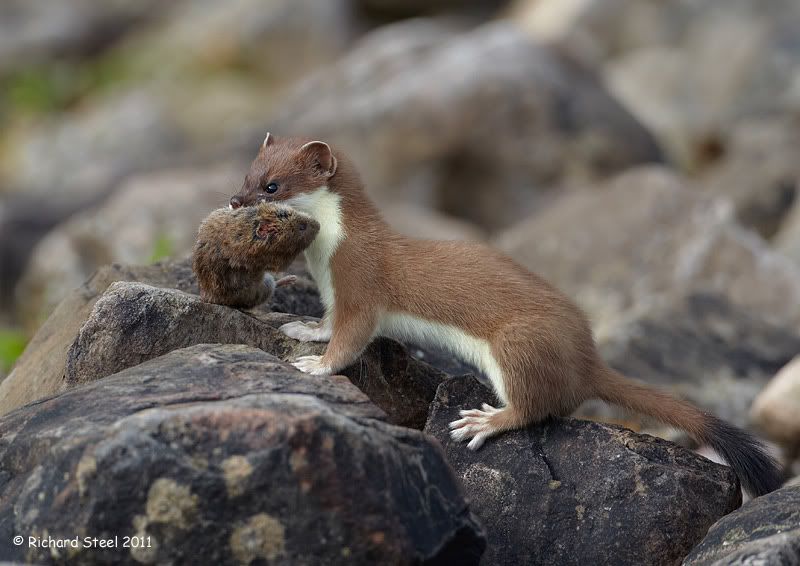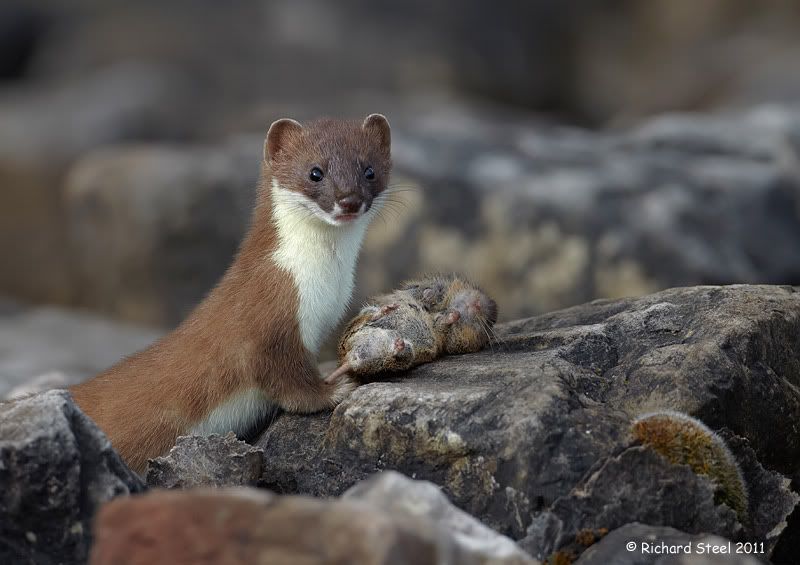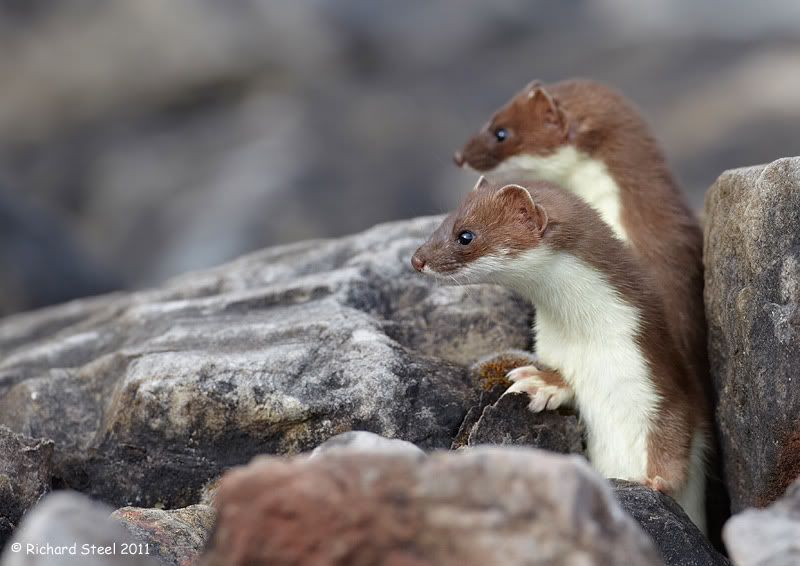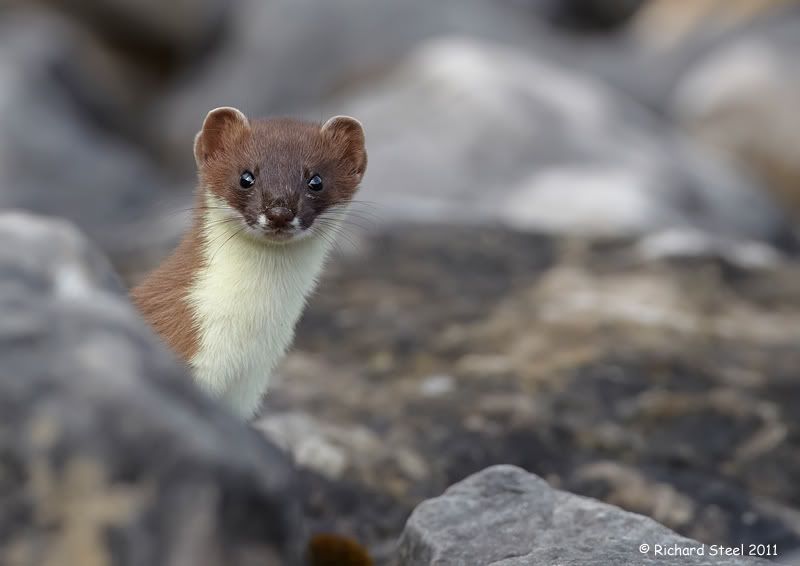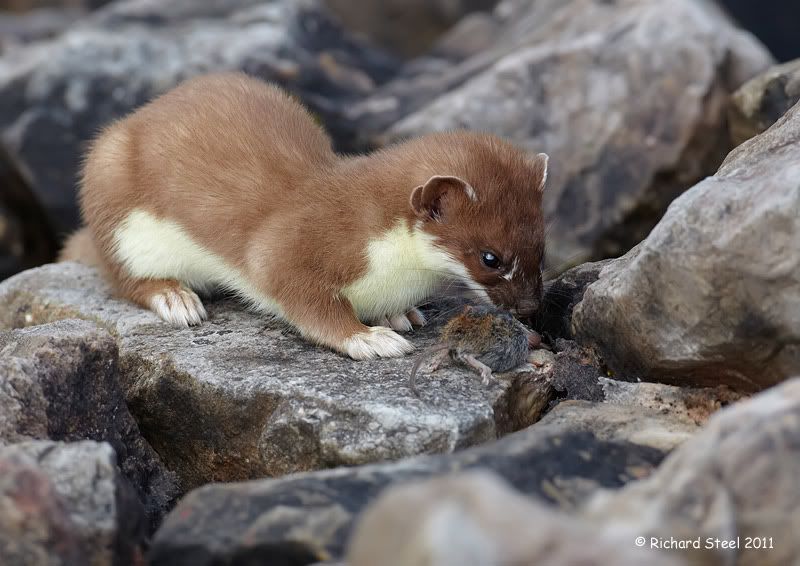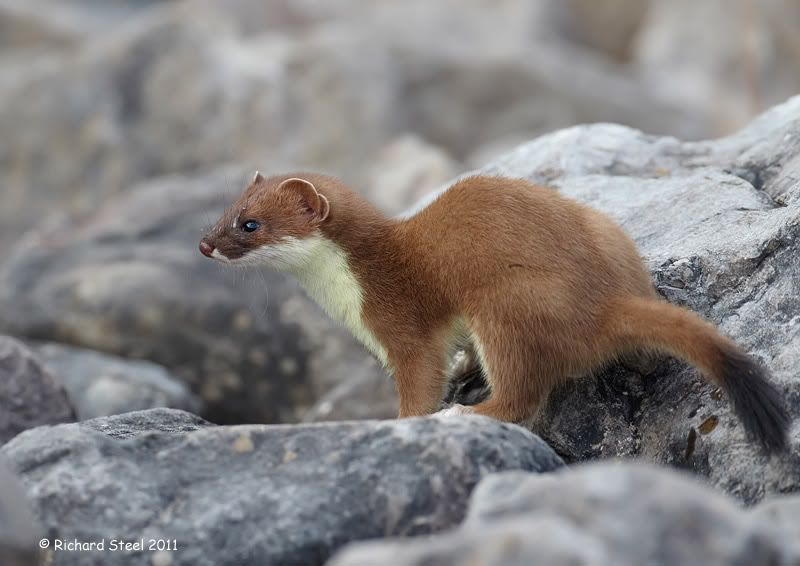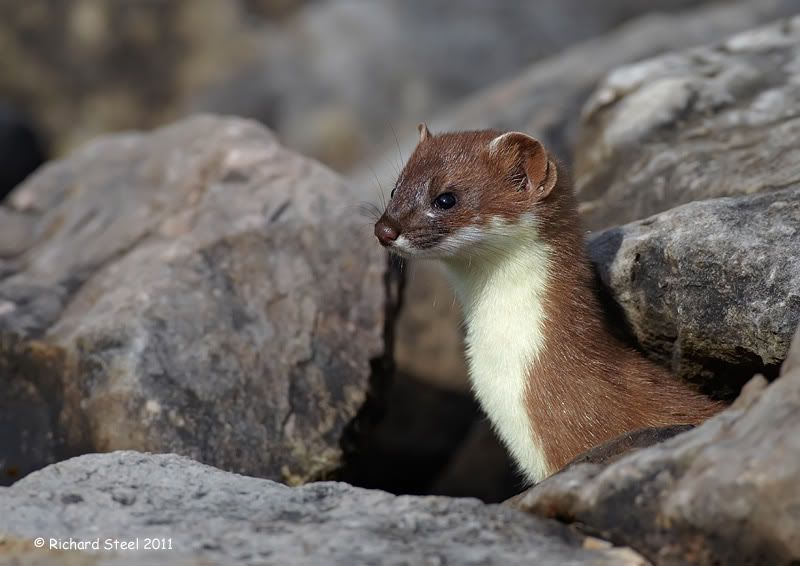At the beginning of each year I formulate my photography plans for the next 12 months. Some of the plans are pursued while others fall by the wayside due to time constraints. I have always found the best approach is often to concentrate efforts on a particular species over several sessions. This allows me to gain a good understanding of the animals behaviour and refine my images. My two primary bird species targets for this year were Whinchat and Corn Bunting.
Pursuing Whinchat (which quickly became known as Plan W) was actually a difficult decision due to it requiring forfeit of photographing Common Redstarts which would need to be done at the same time of year. The choice was made tricky as it meant that the private site where I have photographed the Redstart for the last 3 years would probably be lost for good. However, reviewing my extensive Redstart image library it looked like it was time to move on.
My previous photography of Whinchat had been very limited to a handful of images of migrant birds passing through my local area in mid-Spring. To undertake this concentrated effort would require travelling to their upland breeding areas. My first Plan W trip started well, albeit with the wrong species, when I found this Curlew caught in the first rays of the day on the upland moors.

However, it was Whinchat I was seeking and the search began across the extensive area of moorland.
After a while I spotted a male bird perched on a low shrub.
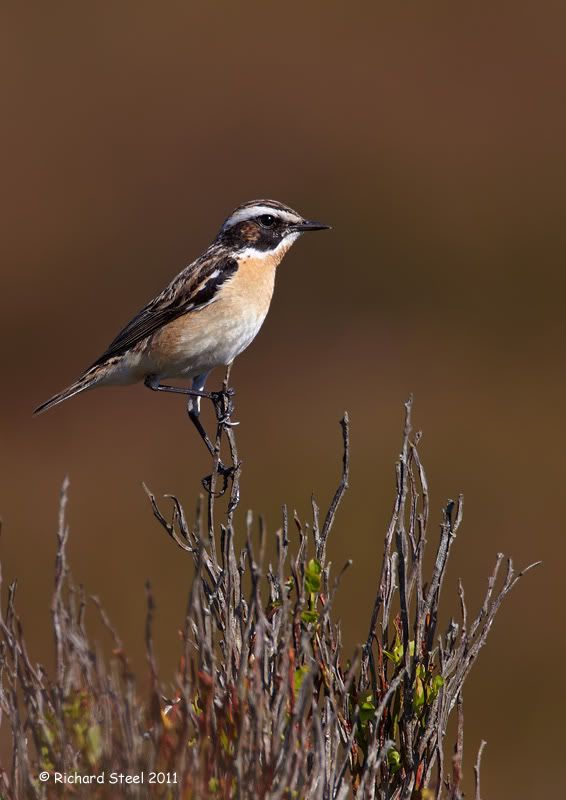
I decided to set up camp there with a pop-up hide next to the bush hoping it was part of a regular route for the bird around its territory. I waited, and waited and waited but the bird never returned but I could seeing them moving around at distance on the low hillside behind. In the end I decided the approach was not working and moved back to the car to try another area. As I was driving along I fortunately spotted a female on a low shrub right next to the road, which she then dropped behind.

A male bird then appeared in the same spot and followed the same route as the female.
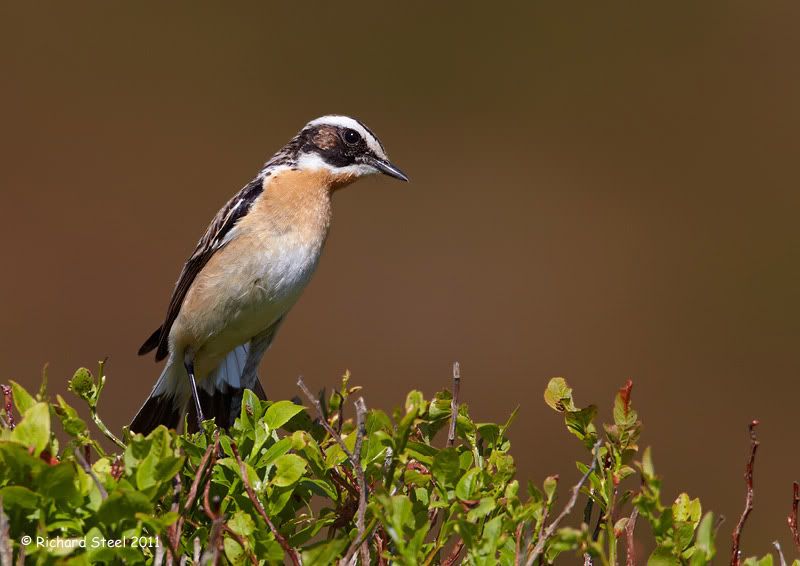
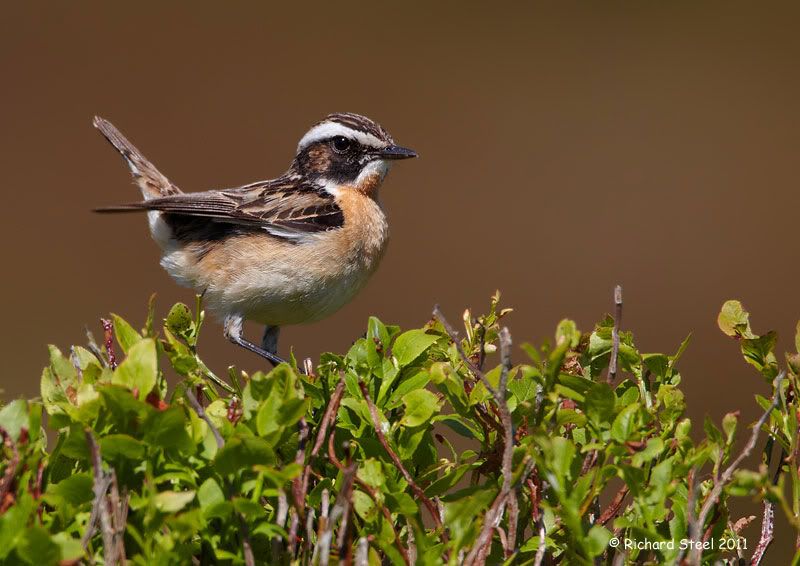
It looked like I had found a nesting site and in a very convenient location as I could use my car as a hide. The only downside was that it was a single track road and I would have to move each time another vehicle came along, although that was very infrequently. The rest of the first session I spent just capturing some more photos of the birds, watching their behaviour and building up a small collection as the birds perched on a range of roadside vegetation including heather and bracken.
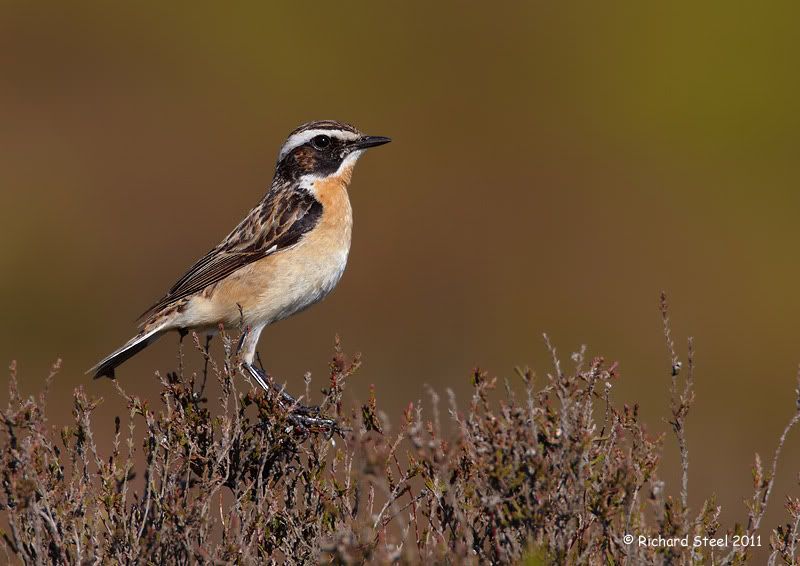
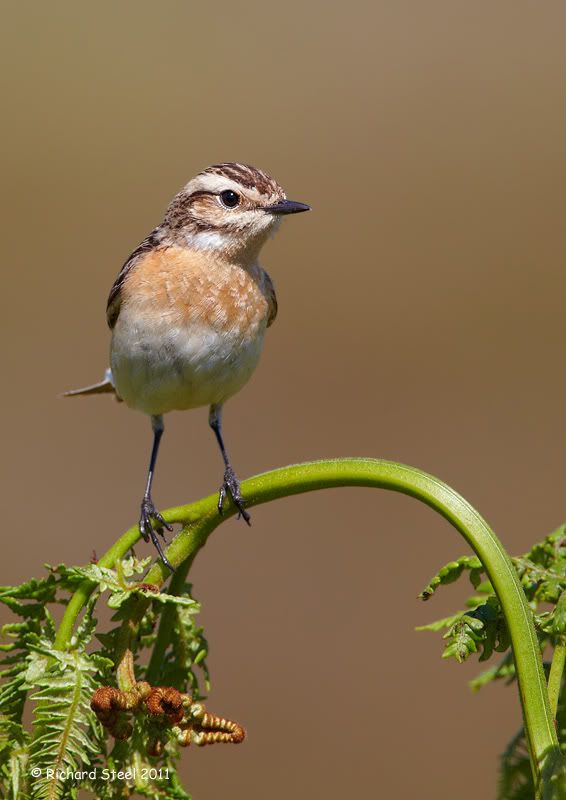
A larger caterpillar destined for a hungry brood.
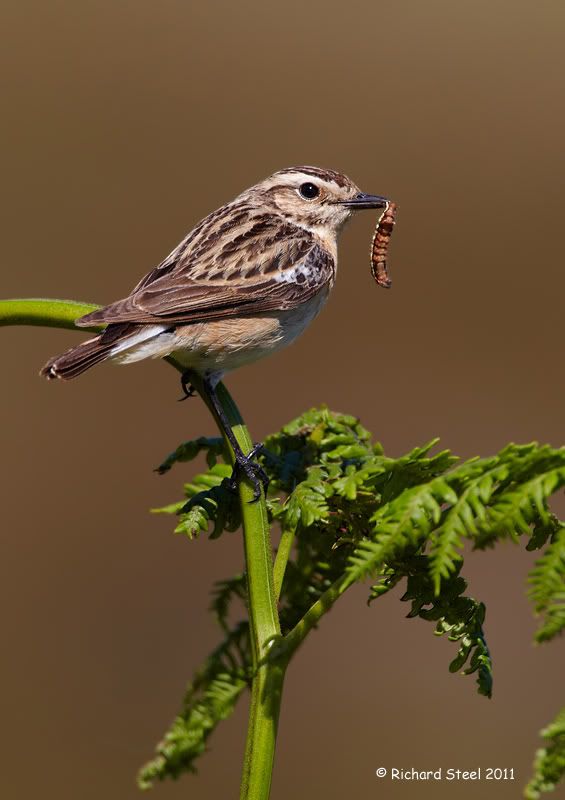
I kept the sessions fairly brief as I wanted the birds to slowly become accustomed to my presence. Just before leaving and while the birds were away foraging, I introduced a small perch nearby to gauge their reaction and which the female began to use immediately.
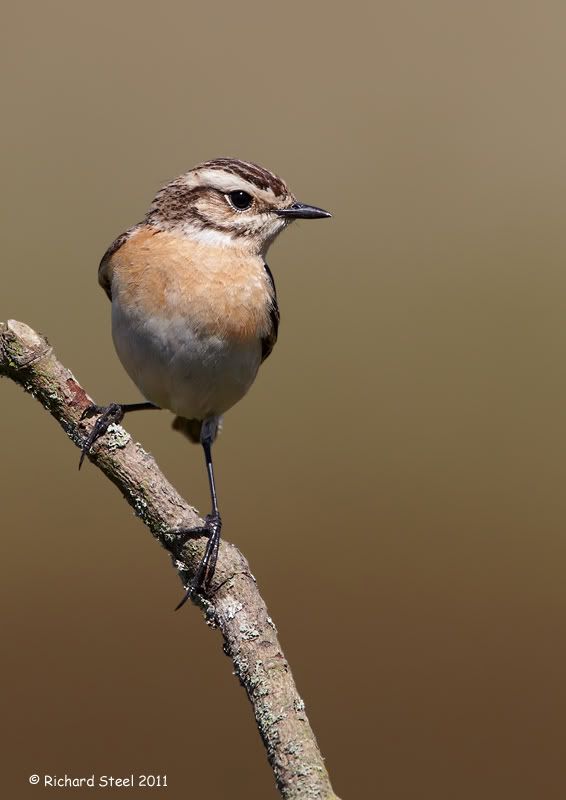
It was a good start to Plan W and as I headed home I was already thinking about and looking forward to the next session.

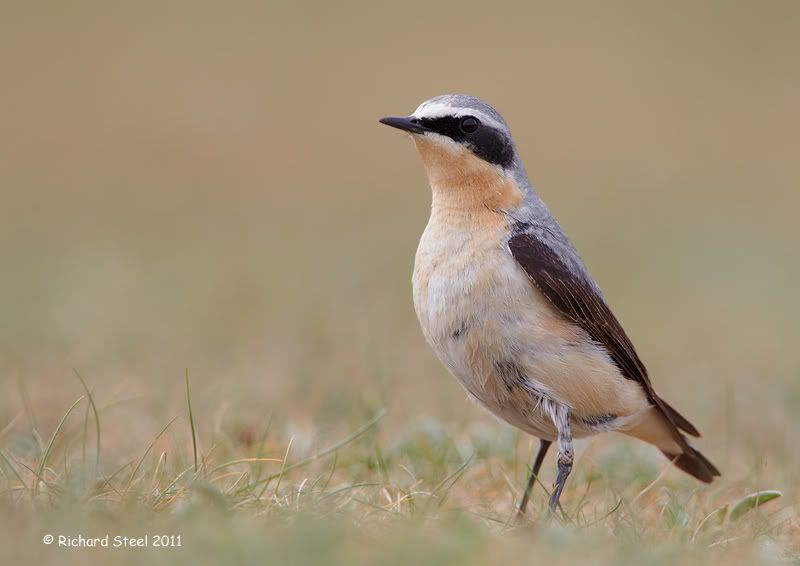
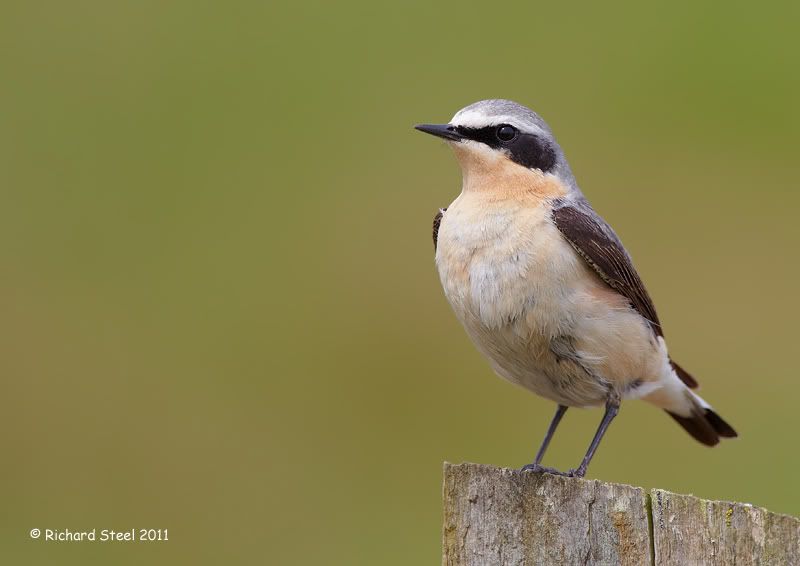
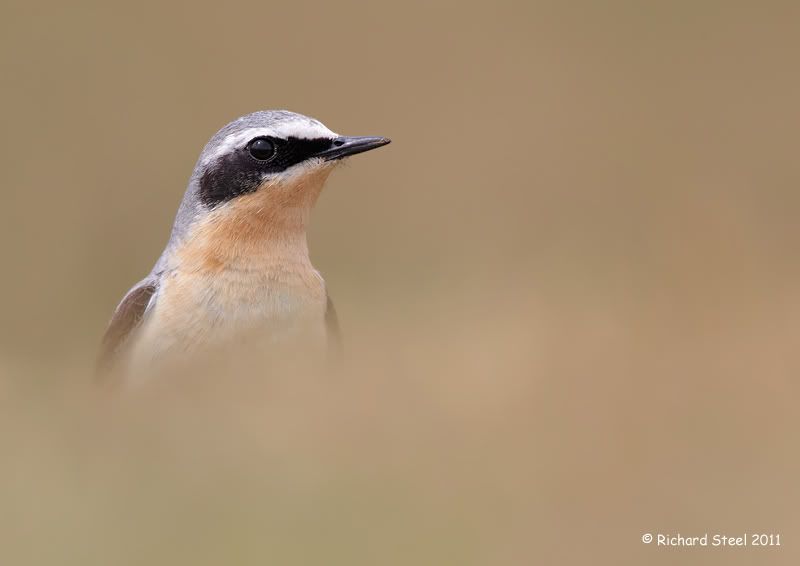
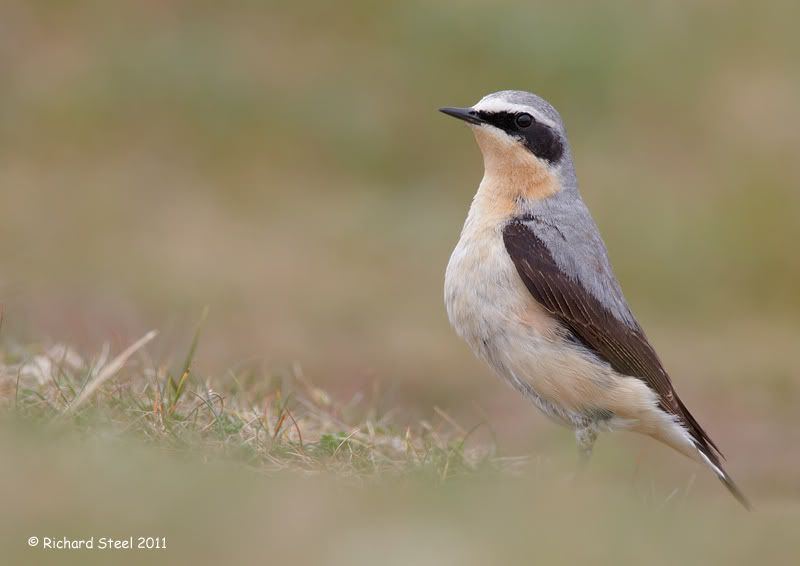
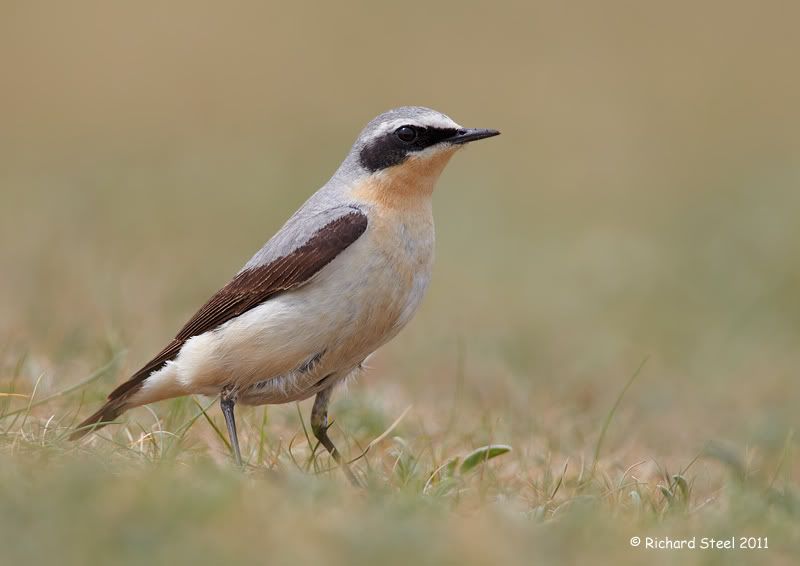
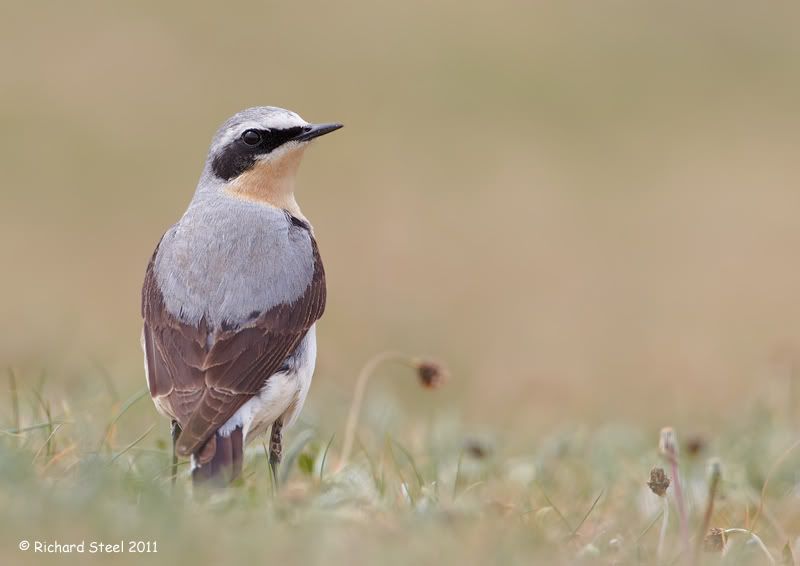
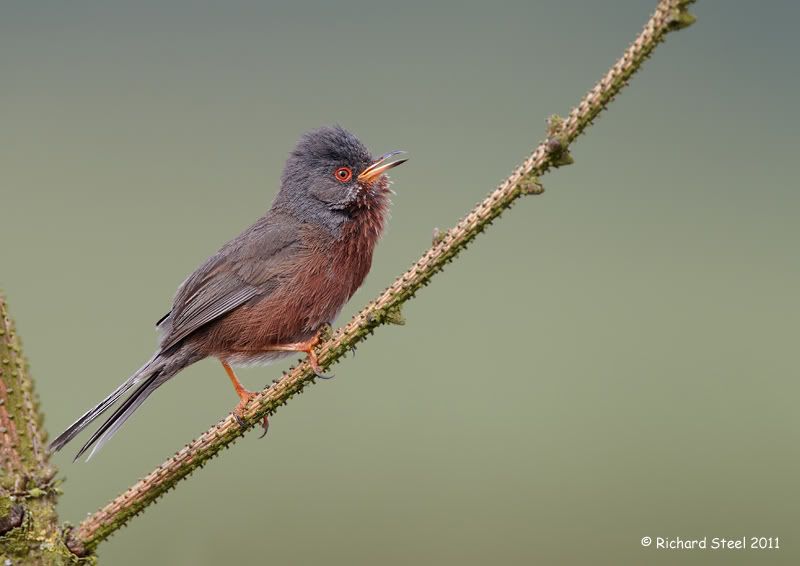

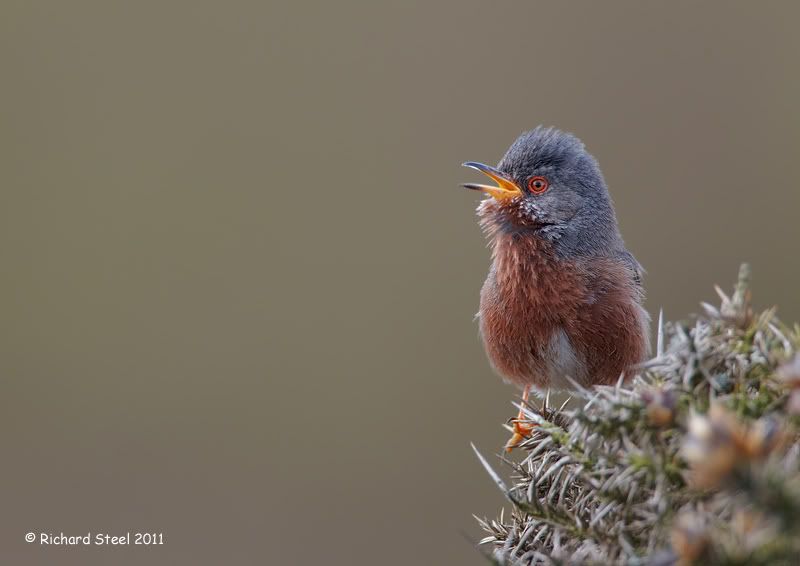 I watched the bird for a while and it was definitely showing a preference for three particular low gorse bushes along the edge of the footpath, so I just sat quietly nearby, watched and took photos as it went about its daily business.
I watched the bird for a while and it was definitely showing a preference for three particular low gorse bushes along the edge of the footpath, so I just sat quietly nearby, watched and took photos as it went about its daily business.